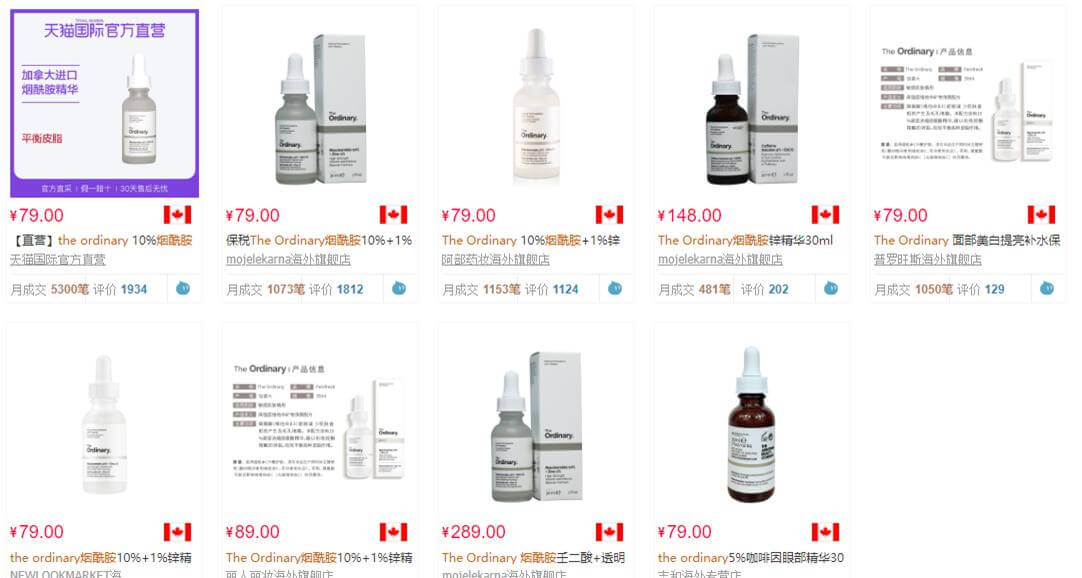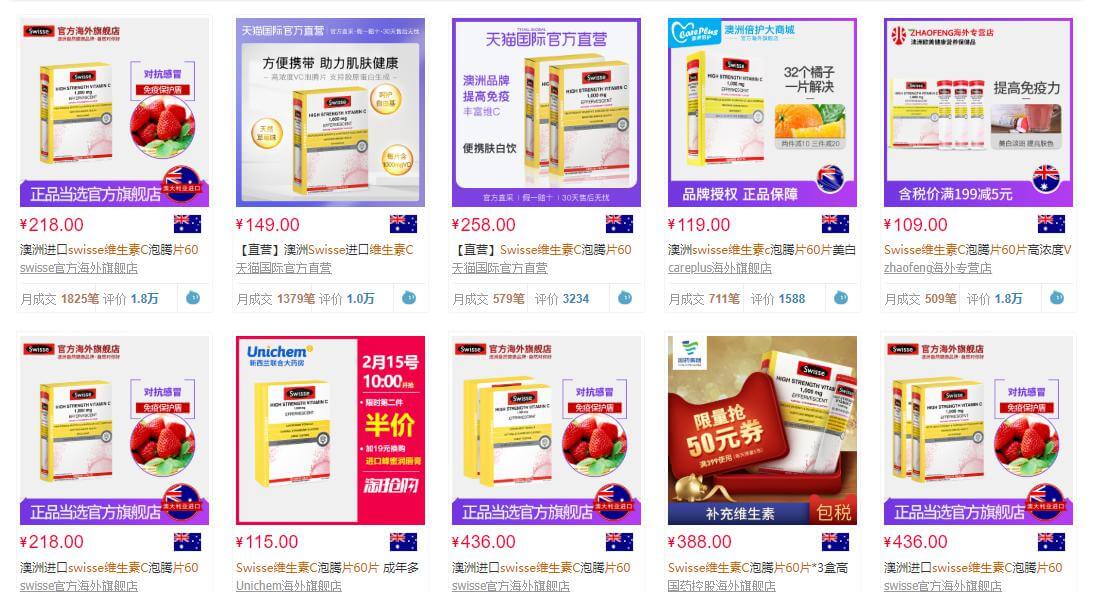Why Global Retailers Are Leaving Tmall And What This Means For Your Business
The situation for retailers on e-commerce platforms such as Tmall and JD.com is becoming increasingly precarious
by Ker Zheng
International retailers have been quick to flock to large e-commerce platforms in China, enticed by impressive consumer traffic.
Yet a growing number of them – including Macy's, Watsons and New Look – have recently decided to shutter their Tmall Global stores despite growing demand for foreign goods.
Here's what's going on, and alternative paths for U.S. and foreign retail companies to succeed in China.
Cross-border retailers are increasingly competing with Tmall's direct retailing business
Retailers on marketplaces such as Tmall Global face an increasingly precarious situation.
While Tmall Global is a marketplace for third-party global sellers, it also runs its own direct retailing business, Tmall Direct Import. This store procures inventory in bulk from leading global brands and sells directly to consumers.
This puts it in direct competition with multi-brand retailers such as Macy's and Watsons. Below, a snapshot shows Tmall Direct Import items highlighted in bright purple, giving them a more conspicuous look than the other items.

Here, search results for The Ordinary place Tmall Direct Import’s product at the top. Source: Tmall Global Official Website
Tmall Direct Import has an economies of scale advantage – it can buy a larger selection of products at lower bulk prices, and pass those savings on to the consumer. Tmall also can stock top-selling items in bonded warehouses for faster shipping. A newcomer to the market cannot do this without incurring large inventory risk.
On top of all this, there isn’t much room on a large marketplace’s website to differentiate oneself with banners and brand logos. To compete, retailers such as Macy’s and Watsons have to decide whether or not they want to invest in a stronger customer experience or pull out of the market altogether.
Retailers are failing to provide a unique proposition for the Chinese consumer
Multi-brand retailers like Macy’s are oftentimes selling the same brands that other retailers are selling, and when that happens customers pick the retailer that offers the lowest prices and can deliver the fastest.
The below snapshot shows a number of different retailers all selling the same Swisse products. In this type of situation, it’s very easy for the customer to compare prices.

Source: Tmall Global Website
It’s hard for new entrants to the market to compete on pricing and logistics, so retailers should curate products that adhere better to Chinese tastes. This requires procuring new inventory from sources that may not be part of the original inventory in the home market.
But it’s hard for apparel retailers like Macy’s or New Look because there are so many different colors and sizes for each product. Retailers do have to provide a wide selection to drive traffic, but localizing that selection for a market as large and diverse as China can be a nightmare.
Retailers aren’t making much money on marketplace platforms
On marketplace platforms, retailers have to spend money on platform ads to drive traffic and clicks. They are also pressured to discount their goods for large platform-wide sales holidays such as Tmall’s Singles Day and JD.com’s 618 Festival in June. This eats heavily into one’s margins, as these holidays often drive a large percentage of sales in a given year.
Lastly, for large e-commerce platforms, there are upfront set-up fees and deposits that can cost tens of thousands of dollars, not to mention commissions that can eat into profits.
To give an example, Tmall charges an annual fee of US$5,000-10,000, a deposit of US$25,000, and commissions that range from 0.5% to 5% for the most popular categories. There is also a 1% payments processing fee charged by Alipay.
For many, the costs are prohibitively high and the ROI can be much lower than they are in developed markets.
What should retailers do?
The environment for global retail has been difficult in recent years. Many retailers are just trying to stay afloat in their home markets, and lack the resources to invest in a stronger customer experience in China.
But the competition in China has intensified in recent years, and it’s not possible for a foreign retailer to rely solely on their brand name to drive sales anymore.
Multi-brand retailers have to figure out how to differentiate themselves, and it often comes down to product selection, price, or shipping.
Here’s a few tips:
1. Procure and sell a compelling mix of top-selling and emerging brands at a competitive price
2. Move inventory to Hong Kong or Chinese bonded warehouses as soon as possible to speed up shipping times
3. Consider setting up an official China website or mini-program store on WeChat. This can do wonders for brand-building, and help you differentiate yourself from competitors who are selling the same brands.
4. Try to differentiate yourself through branding events. UK beauty retailer Feelunique invited Chinese influencers to tour their facilities in London, recording the event on social media and driving a strong uptick in sales.